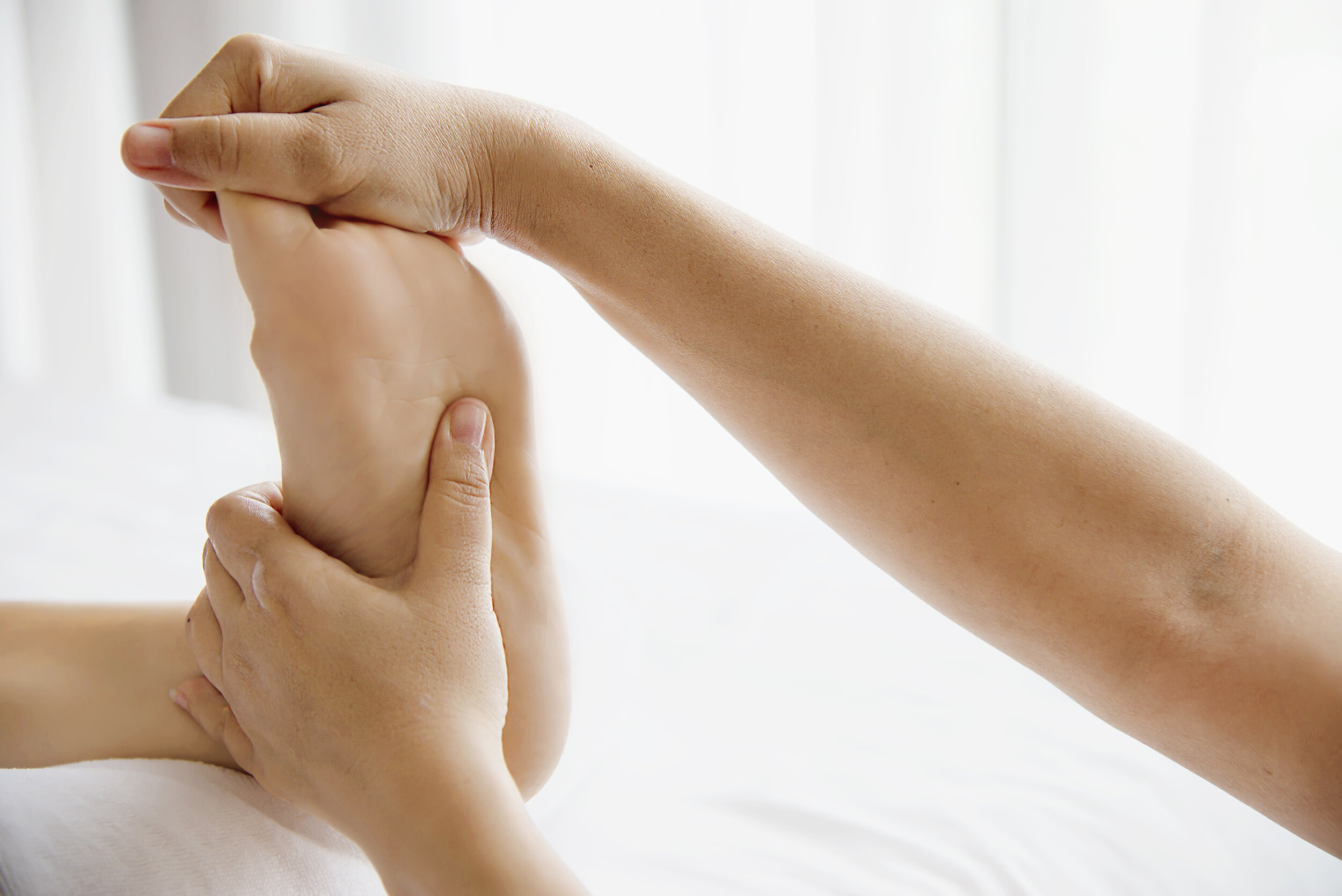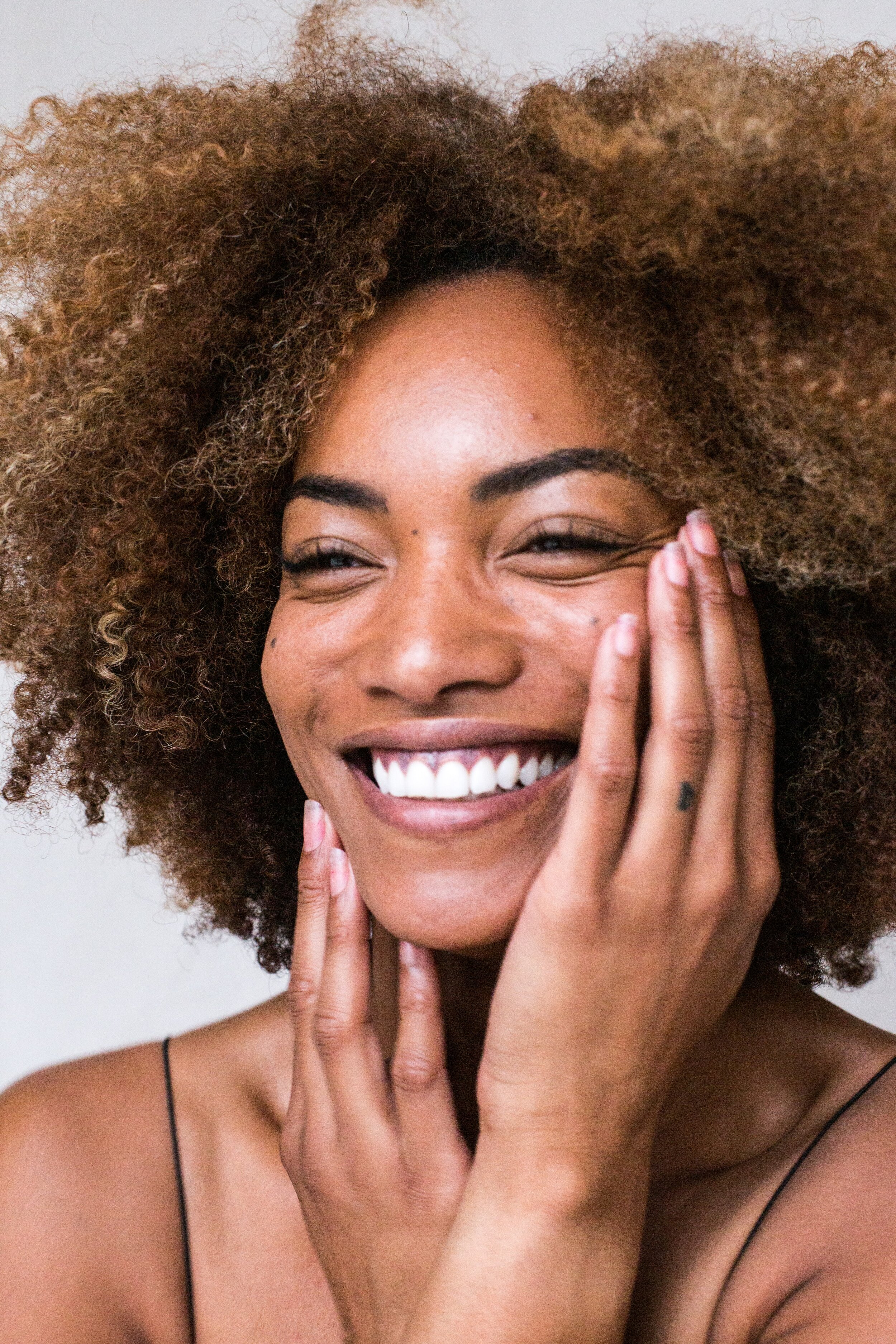As part of our Mindful Beauty & Wellbeing Series, we share some of our favourite podcasts on conscious and sustainable living… have more to add to this list? Ping us at ohmag@icebergpress.co.uk
Friends of the Earth / Friends of the Earth UK – one of 75 national groups around the world making up the Friends of the Earth network. Friends of the Earth England was founded in 1971, two years after the group was first founded in San Francisco in 1969. Their podcasts feature critical and detailed interviews on topics such as voices from the frontline of climate activism and rewilding (with George Monbiot).
Costing the Earth – via BBC Radio 4, this podcast discusses new and fresh ideas for a cleaner and environmentally friendly future. Some examples include Forests of the Future (Peter Gibbs discusses whether trees can overcome increasing carbon emissions, or Silencing with Noise (how is the rising tide of man-made noise affecting our wildlife and what can we do about it?)
Sustainabbable – a weekly comedic podcast discussing environmental issues such as Eco-Anxiety (feeling of powerlessness approaching climageddon) and Litter (how we trashed the planet the second we were released from lockdown). Hosted by Ol and Dave who try to become more enlightened with every podcast. “They sift through the eco-guff out there, exposing the real eco villians.” It’s topical and funny.
Amnesty International UK – ‘In their own words’ – is a series of interesting real stories from people who are at the front line of human rights abuses, e.g. Atena Farghadani, imprisoned for her art in Iran. It’s a good podcast for updates on global politics and current affairs.
The Energy Gang – A weekly American podcast dealing with everything energy, such as Government energy policies and putting pressure on coal plants. Hosted by Stephen Lacey, Katherine Hamilton and Jigar Shah, The Energy Gang focuses on providing interesting information on tech innovations and individual projects who are tackling this global issue.
The Sustainability Agenda – A weekly podcast that explores the biggest sustainability questions. Hosted by Fergal Byrne, a seasoned researcher, writer and interviewer, this podcast offers leading thinkers the platform to share their views on sustainability challenges, identify what’s working and what needs to change for a better future.
Wardrobe Crisis – Clare Press, Vogue Australia’s Sustainability Editor-at-large, founded her podcast to quiz experts about all of our fashion concerns. Subjects include cultural appropriation to the circular economy and fast fashion.
Deliciously Ella – a podcast that delves into the world of physical and mental health, well-being, the realities of building a business and a brand and staying positive. Episodes include a discussion with the ‘green carpet’ founder and UN leader for change Livia Firth sitting down to talk about how to make responsible purchases. Additionally, other subjects include food waste, climate change and vegan diet advice.
Green Dreamer – Hosted by Kamea Chayne, this podcast features grounding conversations with people who are paving the way towards ecological regeneration, intersectional sustainability and true wellness for all. Subjects range, in episode 172, Chayne talks to Fashionista’s Associate Editor, Whitney Bauck, about the psychology of consumerism and episode 258 discusses healing the water cycle to restore climate and ecological balance.
Conscious Chatter – Kestrel Jenkins hosts a podcast with guests that range from eco-friendly startups to internationally renowned writers. She started People Tree, a sustainable brand, which inspired her to engage more people into the sustainability issue.
Sustainability Defined – Deal with any topics under the umbrella of sustainability. Each episode breaks down a specific aspect of sustainability through education. It’s a podcast to fill the gaps of knowledge.
Think: Sustainability – This is a radio show-cum-podcast that delves a little deeper into intersectional sustainability, assuming more knowledge from the listener. Hosted by Australia based host Jake Morcom and a variety of expert guests.
Sourcing Matters – This podcast focuses on how we source food and why it matters. Each episode examines a different issue, from food waste to organics to fisheries and gets you to focus on what goes into what we are eating. Chief host is Aaron Niederhelmen, a fishmonger and CEO of OneHealthAg.
Bioneers – Sustainable stories that are told with empathy and compassion that you may not hear on mainstream settings. Focuses on solutions for listeners.
The Response – A podcast that deep dives into how different communities respond to natural disasters. A focus on worldwide issues due to increasing frequency of extreme weather events. It focuses on the stories of the people on the ground, many of which were ignored by mainstream media.
The Guardian’s 12-part series on climate change – follows the editor in chief of the Guardian as his team focuses on the fight against climate change. They talk in real time about how they can change their personal lives and how they can use the power of the institution they’re a part of to change the world.
Drilled – Focusing on the flip side of the sustainability movement i.e. the climate denialism movement. The story is told in the style of true crime podcasts so is truly engaging and intense.
Spirit of 608 – By women, for women. Focusing on the future of fashion with episodes including inspiring, real and entertaining conversations about FEST (Fashion, Entrepreneurship, Sustainability, and Tech).
Low Tox Life – Hosted by Alex Stuart, this podcast of about our bodies, minds and souls. Episodes include our sleeping habits, the food we eat, psychological wellness, covering topics that are informative and intriguing. There are also recipes, e-courses and e-books available on Alex’s website.
Good + Social – Dedicated to exploring stories behind innovators, entrepreneurs, and activists who want to change their industry for the better by looking at their impact on the world. Leaving an optimistic feeling for the future with its listeners.
Green Dreamer – Hosted by Kamea Chayne, a leader in the ethical and sustainable living space, this podcast features interviews with other visionaries. It’s great for creatives who want to be more environmentally-conscious work and lifestyles.
The Green Divas – A weekly radio show that is committed to approaching green issues with humour and low-stress. Hosted by Megan McWilliams, the podcast covers current events, interviews, green living tips, and environmental concerns.
The Slow Home Podcast – Brooke McAlary created this podcast to focus on slowing down, simplifying and focusing on the truly important things in life. It’s for anyone in the fast lane that needs a breath of fresh air. It has previously ranked #1 in Health Podcasts on iTunes.
Sustainable Dish – A podcast that’s dedicated to create an informative mix of issues focusing on food – from vegetarian and vegan lifestyles, to Fair Trade and biodynamic wines. It’s hosted by Diana Rodgers, a licensed registered dietitian nutritionist.
A Sustainable Mind – Each week the hosts feature influential ‘environmental change makers’ and give listeners an insight to the things that have influenced their attitudes towards the Earth.
The Minimalists Podcasts – Pursuit of minimalism as part of an ethical and sustainable living journey. Joshua Fields Millburn and Ryan Nicodemus are ‘The Minimalists’ and have years of experience and knowledge. There are over 148 episodes to listen to covering topics from decluttering to consumerism.
Mothers of Invention – Ireland’s first female president, Mary Robinson, joins comic Maeve Higgins to highlight the global voices of women spearheading solutions for climate change.
BBC Costing the Earth – a podcast from the BBC that examines human effects on the environment and how the environment reacts. Covering an array of topics it challenges governments and corporations, reports on progress, and questions accepted truths.
Podship Earth – Hosted by Jared Blumenfeld, an environmentalist and former regional administrator for EPA, this podcast helps listeners engage with life on Earth. Episodes include scientific research on forest fires and why they occur.
Sustainable(ish) – sharing easy ideas for do-able changes you can make. Jen the host and founder wants to make a safe space for people to come together for fun events, workshops and talks that would help empower people to take whatever action is needed to make a positive change. Making sustainable living mainstream.
compiled by Olivia Reynolds










![InstaStories_LogoTemplate[2].png](https://images.squarespace-cdn.com/content/v1/56f2a4b54c2f85b03add7b89/1629825531345-7PO2DSNA5F6C48WY7R0I/InstaStories_LogoTemplate%5B2%5D.png)




























